The issue with most startups is that too many resources are spent on ideas that don’t work.
How can you deliver a product with minimum risk and receive maximum feedback? By building an MVP first.
In this article, we explain how and why to build an MVP while avoiding common mistakes.
What is a minimum viable product
The term “MVP” was created in 2001 by Frank Robinson, Steve Blank, and Eric Ries.
A Minimal Viable Product (MVP) is a simplified version of the product with only essential features that bring maximum value to the customers. The main purpose of an MVP is to launch a working prototype of the product quickly and receive feedback from the target audience. It allows the creator to learn if the idea works before too many resources are wasted.
Basically, an MVP is a combination of essentials that can satisfy customers. The key is to make this simple product truly “viable.” Otherwise, it would look something like this minimum viable product meme:
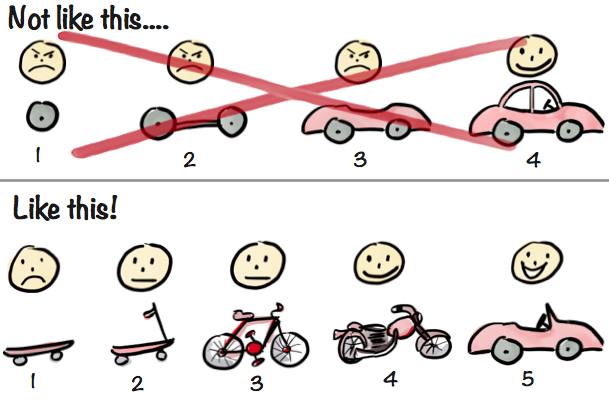
Benefits of an MVP solution
Up until you launch your product in the real world for real customers, you are living in fantasy land. So the faster you get real, the better. Creating an MVP instead of a complete product is the way to go. With the help of MVP you can:
- launch faster
- test the hypothesis
- collect users’ feedback
- reduce development time and cost
- attract investors
- reduce financial risks
- check the product’s potential
- find and fix weak points
- save money
- create a product that the market needs and has a sizeable target audience
- attract early adopters
Launching an MVP is not only beneficial, but it’s also flexible - there are several different types to match your needs. From one that don’t require developing an actual product at all, to one with just a single feature.
MVP Types
MVP types vary from options that MVP types:
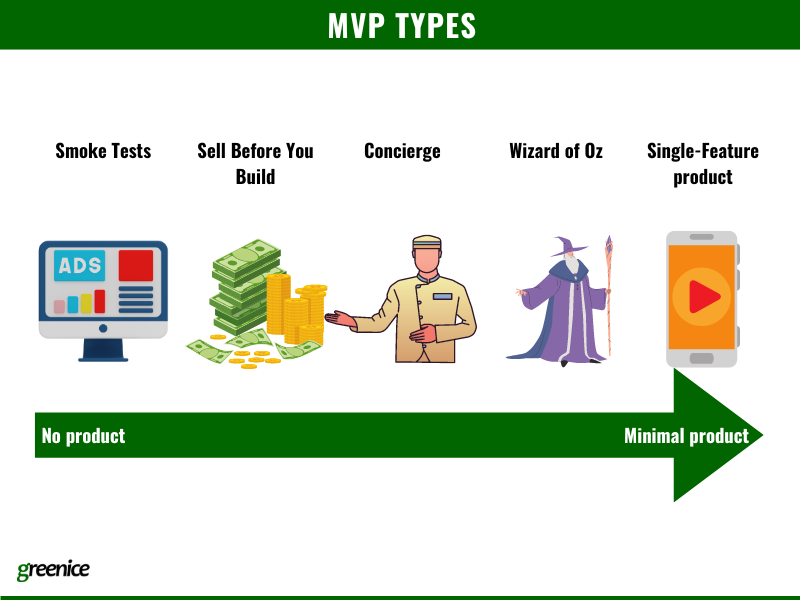
- Smoke test - launching of a marketing campaign to test a hypothesis. It can be a landing page or an AdWords campaign. Here you can display how your product looks, and place a call-to-action button to see how many people are interested. You will pay only for a landing page and PPC campaign.
- Sell before you build - pre-selling the product when it’s still a concept and building it with the money invested. You can use a platform like Kickstarter. The main challenge here is to create powerful marketing materials to attract potential customers who will spend money on your product.
- Concierge - performing every function of the product individually and solving customers’ problems one-on-one. Users know services are done manually. The product owner works directly with each customer without automation. With this type, you can discover how the product should work and what features should be developed later.
- Wizard of Oz - performing all functionality manually while the interface of the product looks automated. Unlike the concierge strategy, the users think that they use a ready app and the product owner keeps his work hidden.
- Single-feature product - developing only the core functionality. The idea is to provide the bare minimum of features (it can be more than one) and operate smoothly so the users will enjoy the product.
How to build an MVP, step by step
Here is your algorithm for developing MVPs:
- decide on your business model
- formulate your hypothesis
- prioritize features
- learn from feedback
- pivot or persevere
Now, let’s look at every step in detail.
1. Decide on your business model
“The reality is that, in some ways, the full thing is this really awesome idea in your head that you should keep in your head, but it should be very, very flexible, because it might turn out the full thing that you wanna build isn't what your customers want at all. So, I have this saying: ‘Hold the problem you're solving tightly, hold the customer tightly, hold the solution you're building loosely.” - Michael Seibel, Y Combinator Managing Director.
What problem will your product solve? Who will buy your product? What solutions do your competitors offer? Creating a Business Model Canvas can help find answers. It consists of 9 blocks that are vital for any business:
- Customer segment - Who are the customers? Why would they buy your product?
- Value Proposition - Why would customers choose you over the competition? Think about elements such as customer pain points, jobs, your services and solutions? What is your Unique Value Proposition?
- Channels - How you reach customers and how customers communicate with you and receive your product (e.g. physical and digital channels)
- Customer relationship - How can you maintain and improve relationships with your customers (personally or with automation)
- Revenue streams - How will you market your product? (freemium model, licensing, subscription, or direct sales)
- Key resources - What do you need to deliver your value proposition? (intellectual property, physical assets, finances, human capital)
- Key activities - What areas are essential to bring value to customers (e.g. marketing for customer acquisition, app development for technology-driven companies, design and manufacturing for physical products)
- Key partners - Who can help you leverage your business model (e.g.joint ventures, non-equity strategic alliances)
- Cost - How much it will cost to realize this business idea and run this business model (e.g. fixed or variable costs).
You answer every question with approximations because you don’t know the exact answers yet. Afterwards, you will have a general picture of how your business idea works.
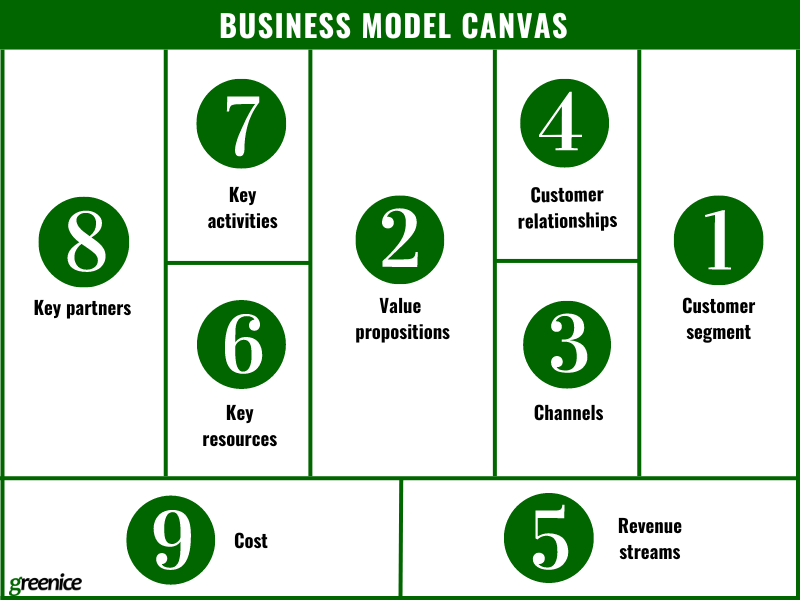
2. Formulate your hypothesis
After you have completed your Business Model Canvas, you can imagine how users will interact with your product. Now you need to test these hypotheses to understand if they are worth developing. To foresee possible challenges divide each hypothesis into 3 risk categories:
- desirability - Is the proposal attractive / interesting?
- viability - Is the problem worth solving?
- feasibility - Will it deliver the value proposition?
This will identify the greatest threats. If your hypotheses don’t give promising results, your product may not be desired by customers or can’t be built at all. In this case, you need to get back to step 1.
3. Prioritize features
What functionality is vital for your product and what is secondary? To decide what features must be developed first you can use the following strategies:
- Story mapping - Organize user stories by arranging cards with workflow written on them according to their importance. Learn which features are the most significant and work on their release first. Cards (or sticky notes) are usually placed on the wall or floor. The team agrees upon the primary steps of the user journey and then creates hypothetical individual user stories beneath these steps. In this way, you will see how users will interact with your product.
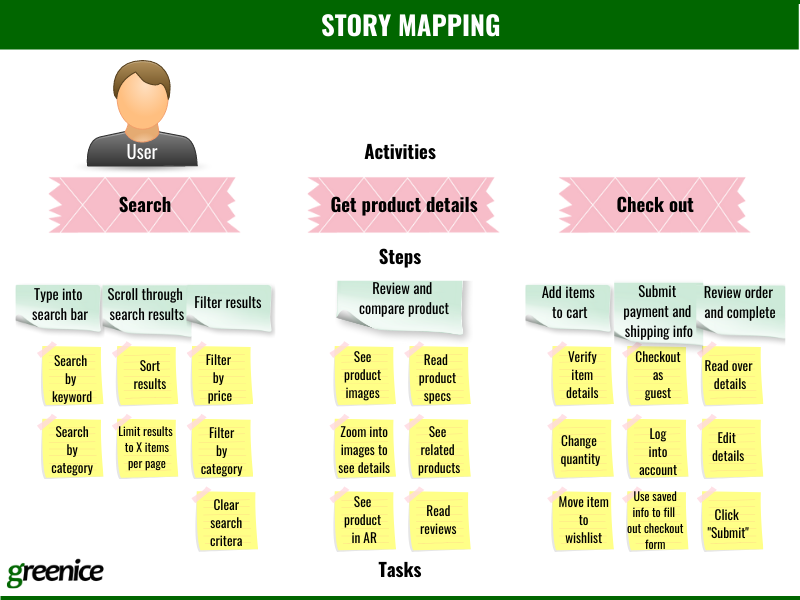
- Opportunity scoring - Measure and rank opportunities according to their importance and customer satisfaction. You need to list your product features, and ask customers’ opinions on them. There are two questions: ‘How important are the features, and how well are they realized.’ Users answer using a 5-point scoring system.
Important features that are not satisfactorily realized yet are development opportunities. Features with low importance and satisfaction can be ignored. Usually, importance and satisfaction are equally significant, but importance may have much higher significance. You also must pay attention to user motivation. This outcome-driven-innovation (ODI) strategy was created by Tony Ulwick and works especially well for innovative features.

- Value vs. complexity quadrant - A matrix of features used to compare the business value to implementation complexity. You need to place the feature in the matrix at the intersection of its relative value and its complexity. It will show what brings maximum value with minimum effort, aka low-hanging fruit.
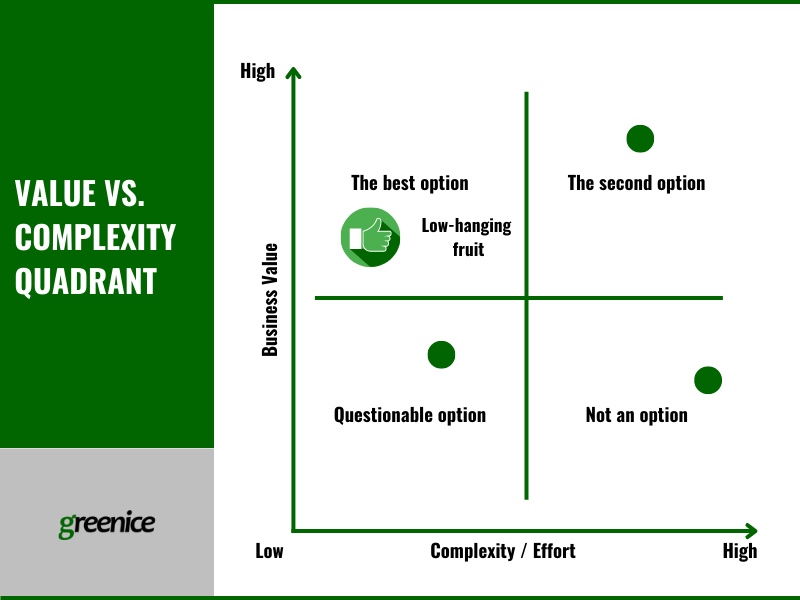
Having decided what features are absolutely essential, develop your MVP and test it in the wild.
4. Learn from feedback
“So, we need to learn fast, yet also release with confidence. It's understandable that many people might naturally view these two difficult goals as at odds with each other. We are in a big hurry to push something out to ln what works and what doesn't. Yet, we don't want to release something that's not ready for prime time and risk hurting our customers and damaging our brand.” - from ‘INSPIRED’ by Marty Cagan, Partner at Silicon Valley Product Groupear
After testing the product and gathering feedback, you need to analyze the data. Was your idea successful? Did it attract users? Which features were efficient? Which can be deleted? What needs to be added? This information will be available from users’ feedback (from interviews, polls, or reviews) or from metrics received after the launch (number of downloads, customer acquisition cost, liquidity).
Learning about the performance of your product after each iteration leads to making a decision - pivot or persevere.
5. Pivot or Persevere
The “pivot or persevere” strategy is rooted in the Lean Startup method. Depending on the users’ feedback you will need to change your product (pivot) or continue tweaking the current version (persevere). If customers like your product - well done! Persevere moving in this direction, applying minor adjustments. But if customers are not satisfied then it’s time to pivot. Here are 10 of Eric Ries’s change strategies:
- zoom-in pivot - focus on a non-essential feature that resonated with the audience
- zoom-out pivot - come up with a different feature because the current one didn’t work well
- customer segment - change from the expected target audience to a different set of customers who were turned on by your product
- customer need - adapt a product to a new problem which is more suitable for the customer segment
- platform - go from application to the platform or vice versa
- business architecture pivot - change business type (e.g. from B2B to B2C model)
- value capture pivot - change monetization strategy
- engine of growth pivot - change popularization strategy (through virality, engagement, or number of paying users)
- channel pivot - change the channel to deliver the product to users (e.g. from selling via a mediator platform to selling directly to customers)
- technology pivot - change the way to solve the problem (e.g. streaming instead of selling DVDs)
The first 5 of these strategies are the most popular, but you can choose any that work for you. After “corrections” are made, you need to repeat the cycle and have as many iterations as it takes to create something awesome.
Mistakes to avoid
Business is always connected with risk and no one is immune to mistakes. What can go wrong in your MVP development process?
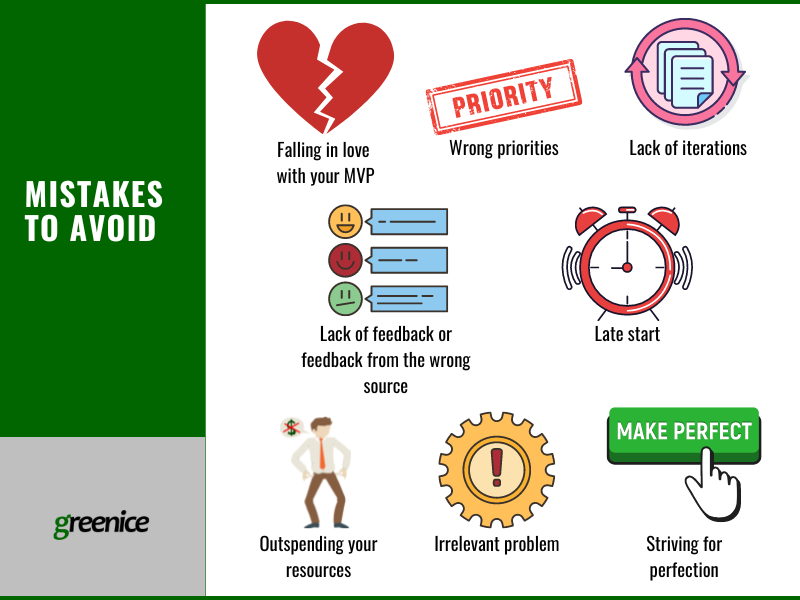
Falling in love with your MVP
“So many people fall in love with the vision in their head. And none of the products I showed you before was the initial vision ‒ what it ended up being. So please don't fall in love with your MVP. It's just step one in a journey. You wouldn't fall in love with a paper you wrote in the first grade.” - Michael Seibel, Y Combinator Managing Director
Oftentimes startup owners fixate on ideas in their heads, thinking about them as their babies. Because of this mistake, they can’t adapt and forget that if they are going down the wrong road, the sooner they turn around, the better. In reality, they must think of their MVP as just a step in their journey. It will take many iterations before you see the final product.
Wrong priorities
Many entrepreneurs focus on the wrong aspects of the product, or think that everything is important and can’t narrow things down to what is most important. Focusing on the wrong priorities won't get any closer to the launch of MVP. In fact, entrepreneurs will waste time and money on something unimportant. That’s why you need to use the prioritization techniques (e.g. story mapping or opportunity scoring) described earlier in the article.
Lack of iterations
You might lose patience trying to improve your product. Or you might try to stuff your product with too many features ‒ so much so that you run out of money before you launch anything at all. Some startups try to solve all users’ problems at once and make the product wildly complicated from the get go. It’s more advantageous to take small steps, gradually adding more features with each iteration. You also can focus on part of the target audience who have a specific problem that can be solved independently to get a feel for the value of the product.
Lack of feedback or feedback from the wrong source
You can’t make a decision if there is no solid base of feedback from the target audience. It’s like walking in the dark - you’re guessing what to do but can’t be sure what users expect. You need to collect opinions from potential customers after each iteration and only then develop your product.
Late start
In the case of an MVP, the principle “better late than never” is not applicable. If development takes too long, you may miss the market opportunity completely. There’s no point in creating a website to sell masks after the pandemic is over, is there?
Outspending your resources
If you spend too many resources on development, your team will be burnt-out and your budget will vanish. If you run out of money, you won’t be able to fix the product. To avoid this mistake, prioritize essentials and launch the most simple version of your product. This way, you will have the resources to develop the idea further if it proves to be successful.
Irrelevant problem
Some startupers focus on ideas that are not viable. The problem might be insignificant and doesn’t need solving. It also might already have a solution and their product can’t offer anything original. In this case, they just will be a copycat. Thorough analysis will help you spot the opportunity and fill a gap in the market.
Striving for perfection
If the startuper is a perfectionist, they might never launch a real product. People must accept the fact that the product won’t be perfect in the beginning. Work in small iterations where you introduce each new feature gradually. It’s not an ‘all or nothing’ strategy, but a safe way to develop a strong product where all the features are previously approved by the users.
Tips to Get Your MVP off the Ground Faster
Knowing how to successfully create an MVP is useful, and knowing what problems to avoid when doing so is vital. Here are the most valuable practices:
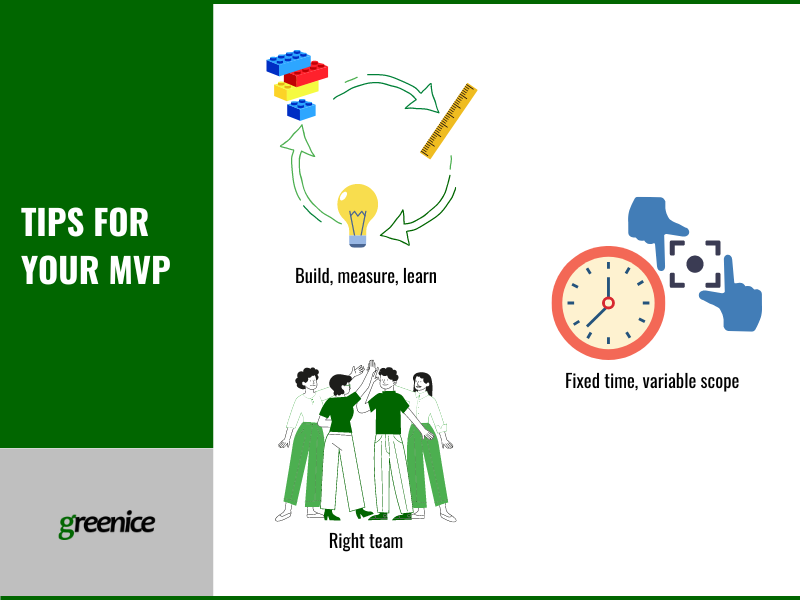
Fixed time, variable scope
This concept is taken from “Shape up” by Ryan Singer of Basecamp. The idea is that every project should have a specific deadline, while the approach to development should remain flexible. Limited time makes the team focus on important things instead of stretching the process out. Avoiding strict frameworks, at the same time, leaves room for inspired, agile, creative work.
Build, measure, learn
The main goal of an MVP is to test the idea and collect the knowledge necessary to improve the next version of the product. The key is to constantly iterate, making the product better every time. Basically, the team develops an MVP not to create a prototype, but to learn the most they can. You build the product iteration, measure how well it works, learn how to improve it, and repeat.
Right team
Hiring experts and getting the team aligned and on the same page is vital. You should introduce design, engineering, and marketing from the inception of your project. It will help to create a working prototype that will work properly, look good, and smoothly enter the market. If you don’t have your own developers and struggle to find your own team it’s a great idea to hire a highly-skilled development company. Outsourcing will not only speed up the development, but it will also save money. Moreover, teams from Eastern Europe offer high-quality services at a price that won’t break your budget ‒ they can be more than three times less expensive than those in North America. Development teams in the US cost $150/hour while those in Ukraine may cost $40/hour.
What to measure after the launch
After launch, you need to measure how your product is doing in order to learn what to change. First of all, you need to get as much quality feedback as you can via interviews, surveys, and focus groups. This will provide you with a pool of ideas for what you can do with your product. In addition, you will need quantitative data to justify these ideas.
The choice of metrics you use to measure the effectiveness of your product will change depending on whether you have an app, a SaaS solution, or a marketplace. Below are some examples of what you might measure.
Metrics for a mobile app or SaaS product:
- Number of downloads - This shows how popular your app is and how good the marketing campaign is.
- Active users - a proportion of daily active users (DAU) to monthly active users (MAU) based on app login or another important activity. This shows user engagement. Over 20% of active users is a good result.
- Paying users - correlation of unique paid users on a certain date to the total number of users who installed the app during this period.
- Average revenue per user (ARPU) - Ratio of the total revenue to the number of users.
- Churn rate - For apps and products with recurring payments, this shows the percentage of users who unsubscribe or uninstall the app over time. If many users leave the subscription, the product won’t be profitable.
- User ratings - These reflect users' opinions and help understand what features people like and dislike. They can also suggest improvement. The feedback is usually left on the app marketplace or third-party review websites. High ratings promote further downloads of your app.
- Customer acquisition cost (CAC) - The sum of costs to acquire new users divided by the number of users acquired over a specific period. Indicates your marketing performance and efficiency of development efforts.
- Customer lifetime value (CLV) - Total revenue the user generates during the life of the app. This can be calculated based on user transactions over a certain period. Unlike ARPU, CLV includes both the direct value (e.g. subscriptions, in-app purchases, ad impressions) and the indirect value (e.g. how many users the customer refers to your app)
Metrics for a marketplace:
- Size - the scale of the marketplace. This includes Gross Merchandise Value (GMV), take rate, and contribution margin.
- Shape - fragmentation / concentration of the marketplace. This includes the number of active buyers and sellers, GMV of a specific number of top buyers and sellers, and the percentage of monogamous transactions.
- Liquidity - level of marketplace effectiveness. This includes the number of transactions, match rate, and time needed to match.
- Acquisition - data about user attraction. There are different indicators for B2B and B2C marketplaces. For B2B, they are the percentage of inbound leads, conversion rate at every stage, number of qualified leads, sales cycle length, and CAC. For B2C they are the percentage of organic traffic, cost per acquisition (CPA), the conversion rate of traffic, and CAC.
- Retention and engagement - This shows how much users enjoy using the marketplace. This includes share of wallet, users returning by cohort, number of repeated transactions by cohort.
- Unit economics - indicators of business health. This includes Lifetime Value (LTV), CAC payback, and LTV to CAC ratio.
How much it costs to build an MVP
Every project is individual and the price range can be quite wide. The overall cost depends on the following:
- features - The more complex your functionality, the more it costs.
- technology stack - There are open-source technologies that are free, and there are paid technologies. Moreover, specialists in rare and complex technologies have higher rates than programmers specializing in mainstream programming languages.
- location of the team - The country your developers live in impacts their hourly rates. North American and Western European teams will charge much more than Eastern European or African ones.
Let’s make a ballpark estimate of a multi-vendor marketplace MVP based on projects we, at Greenice, have worked on.
Core features:
- Sign-in and profiles for sellers and buyers
- Virtual store creation
- Product upload
- Order management
- Product search
- Payment management
- Messaging
- User management
- Content management
- Support
Development of an MVP with basic functionality will take about 2-4 months and will cost $18,000 - $25,000.
Want a precise estimate of your MVP?
Contact UsFamous examples
Many famous companies started as MVPs. With time and numerous iterations, these MVPs have changed beyond recognition. Here are just a few examples:
Facebook - the original concept of this social network was ridiculously simple. It was a directory containing photos with basic user information. It connected only students from Harvard university. Since 2004, Facebook has grown into a colossal behemoth that can change society.
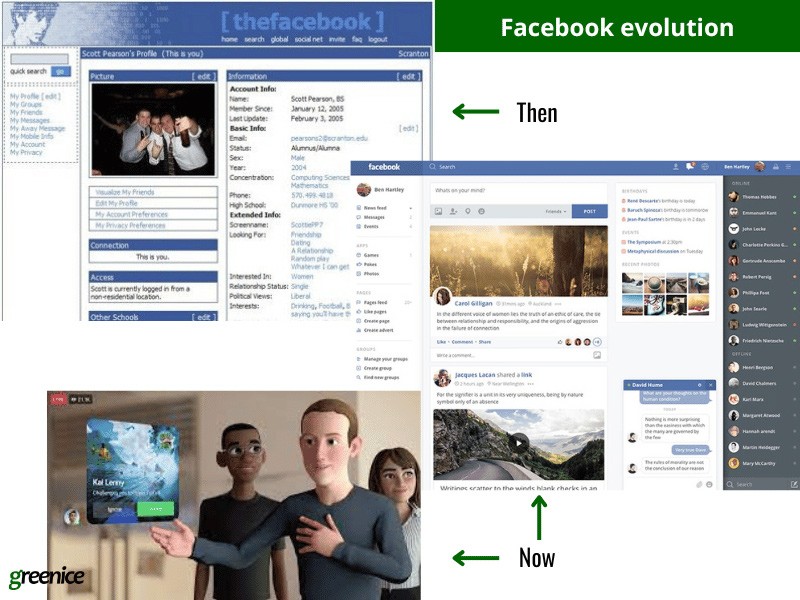
Amazon - the company started back in the 90s as a bookstore. Jeff Bezos simply wanted to ride the wave of emerging internet startups. The company sold books on the internet. Despite orders being placed online the rest of the labor was manual. Today Amazon is a giant that sells everything from dish soap to software.
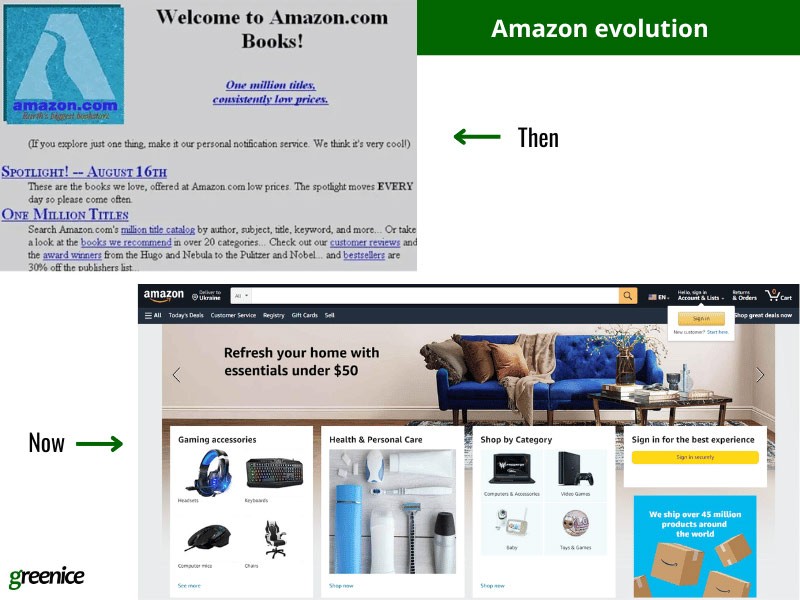
Tripadvisor - started as a website with info from guidebooks and a button for users to add their own reviews. The user content exploded and Tripadvisor became the prime spot to read opinions and book your hotel.
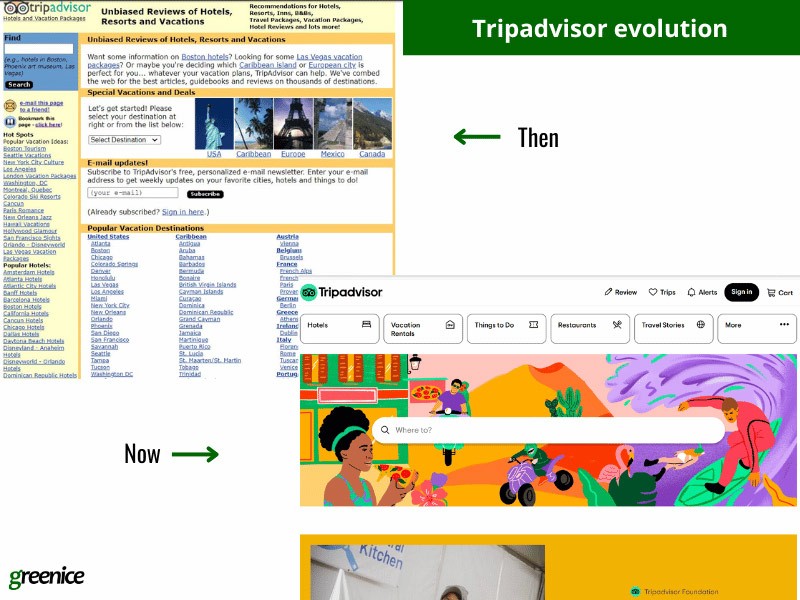
Spotify - initially the service was limited to streaming music. The goal was to fight music piracy. With every update, the app added more features. Today Spotify is not only a streaming service, but a platform to listen and share music, as well as podcasts.
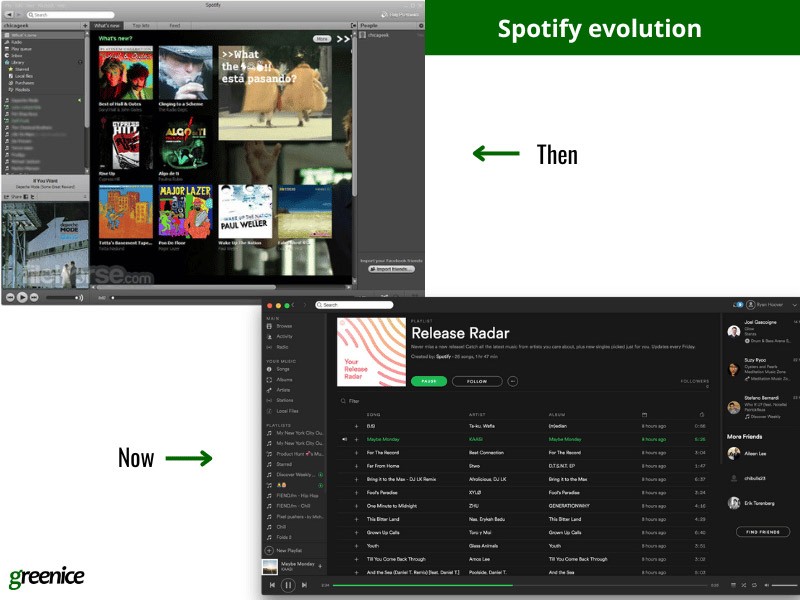
Our Experience
If you are tired of hypothetical cases or the same success stories of the big companies - here are some projects for which we created MVPs.
BizSaleByOwner - a marketplace for selling businesses with consultations from specialists. The client came with a bare idea somewhat similar to Upwork, mainly focused on finding experts to sell businesses. We recommended they begin by launching an MVP where users could place ads to sell their small businesses.
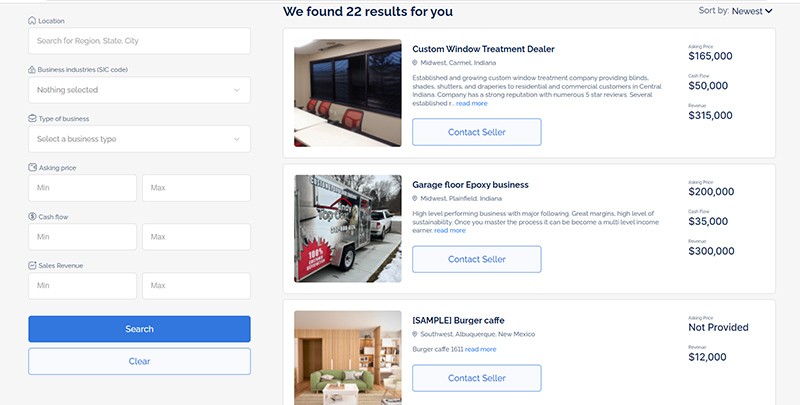
Next, we added a feature for contacting a counselor to assist in buying or selling the business.
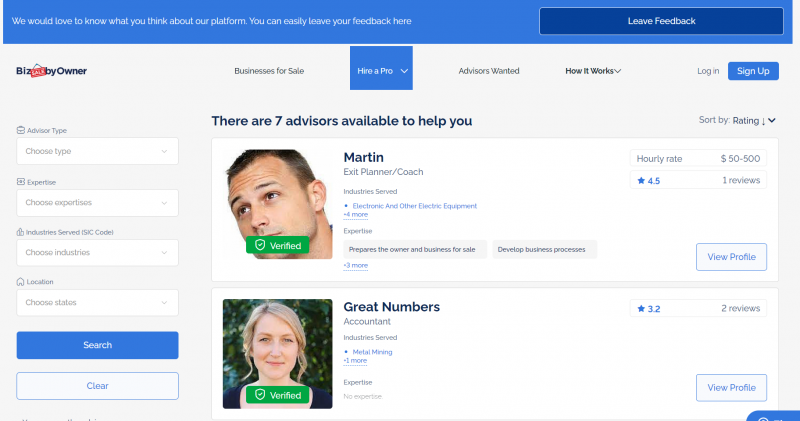
Welcome Saudi - an aggregator of travel destinations in the Saudi Arabia region. The goal was to build a platform like Tripadvisor with monetization from affiliates. The first drawback was that it is impossible to join affiliate programs like Booking or Agoda when the website is new and has little traffic (you need a minimum of 2000 users per month). For the MVP, we took the hotel inventory from open-source HotelBeds. The client also launched a social media ad campaign. These efforts allowed the site to attract enough users to allow them to join a major affiliate program.
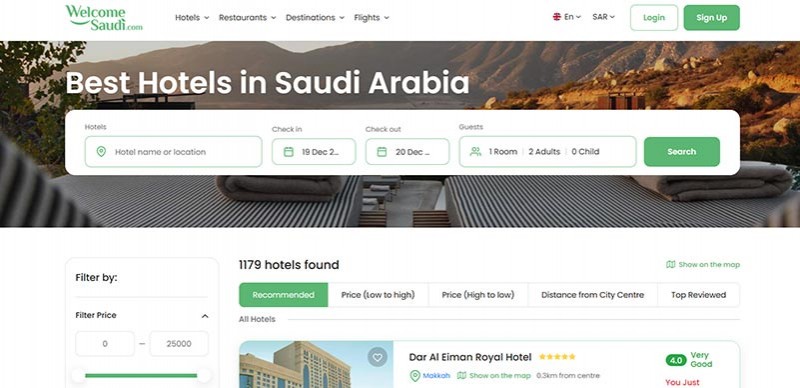
Later, we created a feature allowing hotel owners to add their locations to the website themselves.
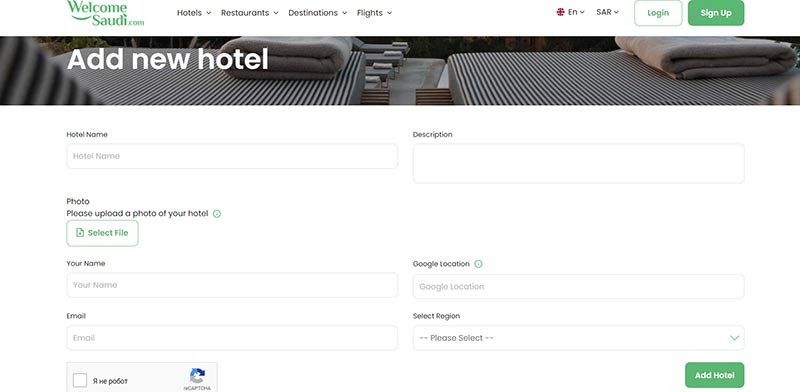
FundaActive - children’s activity and childcare provider. Our client wanted to create a custom product that would solve his management and automation problems. In the process, he realized that his idea could help other organizations solve the same problem, so he decided to turn his product into a SaaS. We helped develop the system with portals for customers (parents), organizations, and admins. We also added multi-tenant architecture to let different companies use the system and have independent databases.
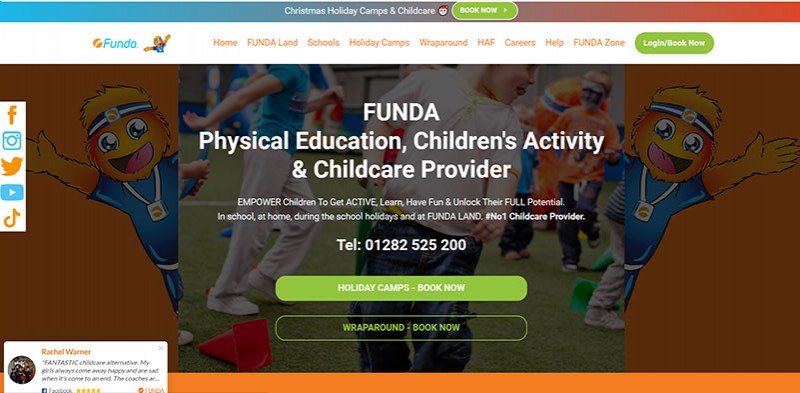
Conclusion
Startups are risky. Many ideas fail even before they reach the market. You can reduce the risk by launching an MVP - a simplified version of your product with essentials only.
An MVP has proven to be an efficient and flexible strategy for many companies. Amazon and Facebook started as MVPs and grew into empires. You can follow their example. The first thing is to choose which type of MVP you should use.
In this article, we have shared the most common mistakes that befall startups, and some tips on how to avoid them. With all this knowledge you should be unstoppable.
If you have any questions or want to share your business idea, we are glad to talk ‒ drop us a line and set up a consultation.
Want a precise estimate of your MVP?
Contact UsRate this article!
Not rated







 Sign in with Google
Sign in with Google
Comments (0)